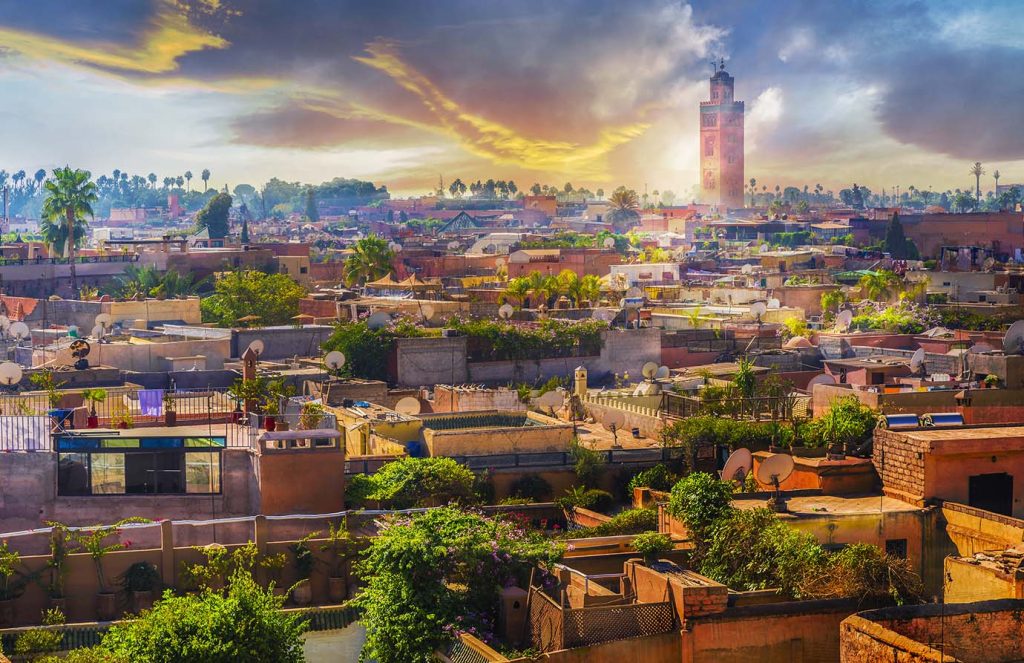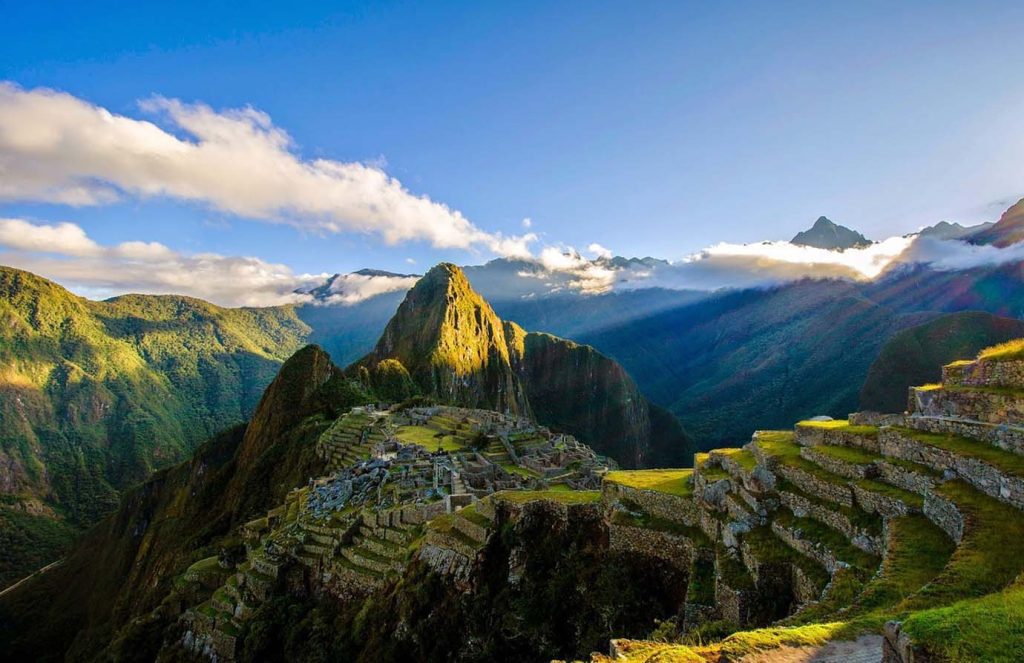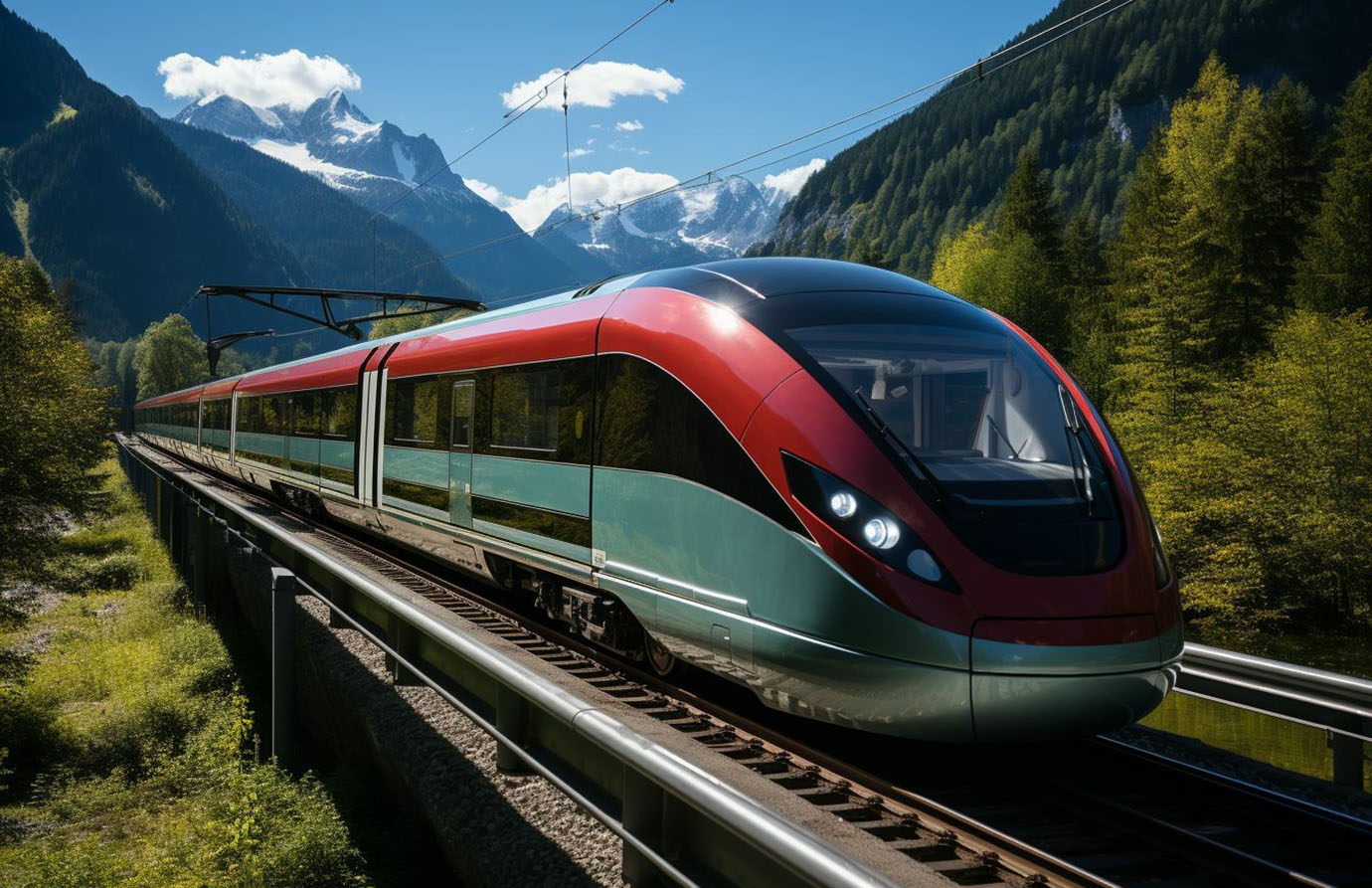Montpellier holds a special place in my heart. This charming city in the south of France blends historical elegance with vibrant modernity, making it an ideal destination for first-time visitors. Whether you’re drawn by the city’s architectural marvels, its lively cultural scene, or its delightful cuisine, Montpellier has something for everyone. I’ll share essential travel tips to help you make the most of your visit to Montpellier. From what to pack and how to get around to local cultural insights and budgeting advice, I’ll cover it all.
Packing Essentials for Montpellier
1. What to Pack
Montpellier’s climate can vary significantly depending on the time of year, so packing appropriately is crucial. Here’s what I recommend:
- Clothing: Lightweight and breathable clothing is ideal for spring and summer. Think cotton shirts, shorts, and sundresses. For the cooler months of autumn and winter, pack layers such as sweaters, a good jacket, and scarves. Montpellier’s evenings can be chilly, even in summer, so a light jacket or sweater is always a good idea.
- Footwear: Comfortable walking shoes are a must. Montpellier’s historic center features cobbled streets and various attractions that require walking. I recommend a pair of sturdy sneakers or comfortable walking shoes.
- Accessories: Sunglasses and a wide-brimmed hat will protect you from the sun during the day. A small, foldable umbrella is useful for unexpected showers.
- Other Essentials: Don’t forget your travel adapter for charging electronic devices, a reusable water bottle, and a small first aid kit with basic medications.
2. Travel Wear
When exploring Montpellier, dress comfortably but also consider local fashion norms. The French appreciate style, so aim for a smart-casual look. Avoid overly casual clothing like athletic wear unless you’re engaging in sports activities. A chic scarf or a stylish jacket can elevate your outfit and help you blend in with the locals.
Understanding Montpellier’s Weather
1. Climate Overview
Montpellier enjoys a Mediterranean climate, characterized by hot, dry summers and mild, wet winters. Here’s a breakdown of what to expect:
- Spring (March to May): Spring is a lovely time to visit Montpellier, with temperatures ranging from 10°C to 20°C (50°F to 68°F). The weather is pleasant, and the city’s gardens and parks are in full bloom.
- Summer (June to August): Summers are hot and dry, with temperatures often exceeding 30°C (86°F). Be prepared for long, sunny days and occasional heatwaves. Early mornings and late evenings are the best times to explore the city to avoid the peak heat.
- Autumn (September to November): Autumn sees a gradual cooling down, with temperatures ranging from 15°C to 25°C (59°F to 77°F). It’s a great time for sightseeing as the weather remains pleasant.
- Winter (December to February): Winters are mild, with temperatures ranging from 5°C to 15°C (41°F to 59°F). While it rarely gets freezing, it can be damp, so pack accordingly.
Local Culture and Etiquette
1. Cultural Norms
Montpellier is a city rich in history and culture, and understanding a few cultural norms can enhance your experience:
- Greetings: A friendly “Bonjour” (good day) or “Bonsoir” (good evening) is customary when entering shops, restaurants, or when meeting someone. A handshake is common, but in social settings, you might encounter cheek kisses.
- Dining Etiquette: French dining etiquette is important. When eating out, it’s polite to wait until everyone is served before starting your meal. Also, remember to keep your hands on the table (but not your elbows), and use utensils for eating, even for items like pizza.
- Tipping: Service charges are usually included in your bill in restaurants, but leaving a small tip (5-10%) is appreciated for excellent service.
2. Currency Exchange
- Currency: The currency used in France is the Euro (€). As of my last visit, exchange rates were approximately 1 USD = 0.91 EUR, but this can fluctuate.
- Exchange Tips: I recommend exchanging a small amount of money before you arrive for immediate expenses like transportation. You can exchange money at local banks, exchange offices, or ATMs in Montpellier. Avoid exchanging large amounts at airports as the rates are often less favorable.
Budgeting for Your Trip
1. Daily Expenses
Montpellier is relatively affordable compared to major French cities like Paris. Here’s a rough estimate of daily expenses:
- Accommodation: Budget hotels start around €50-€80 per night, mid-range hotels range from €80-€150, and luxury hotels can exceed €200 per night.
- Dining: Expect to spend about €10-€15 for a casual meal, €20-€40 for a mid-range restaurant, and higher amounts at upscale dining establishments.
- Transport: Public transportation costs are around €1.70 for a single metro ticket and €14 for a 10-ride pass. Taxis start at about €6 with an additional €1.50 per kilometer.
2. Adjusting Your Budget
To keep within your budget, consider these tips:
- Public Transport: Use public transportation to save on taxi fares. Montpellier’s public transit system is efficient and affordable.
- Grocery Shopping: Buying groceries and preparing your own meals can significantly reduce food costs.
- City Pass: Look into city passes or discount cards that offer reduced rates for attractions and public transport.
Navigating Montpellier’s Public Transport

1. Metro System
Montpellier’s metro system is straightforward and efficient. Here’s what you need to know:
- Lines and Stations: The city has four metro lines (A, B, C, and D) connecting major areas. Line A is particularly useful for tourists as it passes through central locations.
- Tickets: Single tickets are priced at €1.70, and a 10-ride pass is available for €14. Tickets can be purchased at vending machines located in metro stations.
- Frequency: Trains run frequently, with intervals of about 5-10 minutes during peak hours and 10-15 minutes off-peak.
2. Buses and Trams
- Buses: The bus network complements the metro system, reaching areas not covered by the metro. Bus tickets are the same price as metro tickets.
- Trams: Tram lines are well-integrated with the metro, providing additional coverage. Tram stops are clearly marked, and schedules are available at each station.
3. Comparing Metro and Bus Options
The metro is faster for longer distances and is ideal for traveling between major tourist spots. Buses and trams are useful for reaching neighborhoods not served by the metro or for scenic routes. For a complete experience, consider using both systems depending on your destination.
Street Food and Safety
1. Popular Street Foods
Montpellier’s street food scene is vibrant and varied. Here are some must-try items:
- Panisse: A local specialty made from chickpea flour, typically served fried.
- Tarte Tropézienne: A delicious cream-filled pastry originally from Saint-Tropez but enjoyed all over the region.
- Crêpes: Available in various sweet and savory options, crêpes are a popular choice for a quick and tasty meal.
2. Food Safety Tips
- Cleanliness: Choose vendors who maintain high standards of cleanliness. Food should be cooked thoroughly and served hot.
- Allergies: Be mindful of ingredients if you have food allergies. Many vendors will be accommodating if you ask about ingredients.
- Reputable Vendors: Opt for street food vendors that are busy and have a good reputation. This often indicates fresh ingredients and proper food handling.
Getting a Local SIM Card
1. Where to Buy
Local SIM cards are available at airports, major train stations, and various shops around Montpellier. Popular options include Bouygues Telecom, Orange, and SFR.
2. Plans and Pricing
- Prepaid Plans: These are generally more flexible and can be purchased with different amounts of data and call minutes. Prices start around €10 for basic plans.
- Documentation: You’ll need to present your passport or ID when purchasing a SIM card.
Planning a 5-Day Itinerary
Day 1: Explore the Historic Center
- Morning: Start with a visit to Place de la Comédie, the city’s main square, and explore the surrounding pedestrian streets.
- Afternoon: Visit the Montpellier Cathedral and the Musée Fabre.
- Evening: Enjoy dinner at a local restaurant in the Antigone district.
Day 2: Gardens and Parks
- Morning: Head to the Jardin des Plantes, one of France’s oldest botanical gardens.
- Afternoon: Visit the Parc Zoologique, located just outside the city center.
- Evening: Relax with a stroll along the Lez River.
Day 3: Day Trip to Pic Saint-Loup
- Morning: Drive or take a tour to Pic Saint-Loup, a stunning mountain range ideal for hiking.
- Afternoon: Enjoy a picnic and take in the panoramic views.
- Evening: Return to Montpellier for a leisurely dinner.
Day 4: Cultural Immersion
- Morning: Explore the historic Arc de Triomphe and nearby streets.
- Afternoon: Visit the Hôtel de Ville (City Hall) and take a guided tour if available.
- Evening: Experience the local nightlife or catch a show at the Opéra Comédie.
Day 5: Relax and Shop
- Morning: Visit local markets such as Les Halles Laissac for fresh produce and souvenirs.
- Afternoon: Enjoy some last-minute shopping or visit a local café for a relaxing afternoon.
- Evening: Have a final dinner at a restaurant offering traditional French cuisine.
Recommended Day Trips
1. Nîmes
Located about 45 minutes from Montpellier, Nîmes is known for its well-preserved Roman monuments, including the Arena of Nîmes and the Maison Carrée.
2. Uzès
A picturesque town famous for its medieval architecture and the Duché d’Uzès. It’s a charming place to explore and enjoy local markets.

Travel Insurance
1. Recommended Insurance
For peace of mind during your trip, I recommend World Nomads travel insurance. This provider offers comprehensive coverage including medical emergencies, trip cancellations, and lost belongings. Their plans are flexible and designed for adventurous travelers.
2. Coverage Details
- Medical Emergencies: Covers medical expenses in case of illness or injury abroad.
- Trip Cancellation: Reimburses you if you need to cancel your trip due to unforeseen circumstances.
- Lost or Stolen Belongings: Provides compensation for lost or stolen personal items.
- 24/7 Assistance: Access to global emergency assistance.
Montpellier is a city that combines historical charm with modern vibrancy, making it a fantastic destination for first-time visitors. From navigating its public transport system to indulging in local street food, your time in Montpellier can be both enjoyable and memorable with a bit of preparation. Embrace the city’s rich culture, savor its culinary delights, and explore its stunning landscapes. With these tips in hand, you’re ready for a remarkable adventure in Montpellier. Enjoy your journey!



